人教版高中英语必修二unit3 Computers warming up and reading课件(32张)
文档属性
| 名称 | 人教版高中英语必修二unit3 Computers warming up and reading课件(32张) |  | |
| 格式 | zip | ||
| 文件大小 | 1.4MB | ||
| 资源类型 | 教案 | ||
| 版本资源 | 人教版(新课程标准) | ||
| 科目 | 英语 | ||
| 更新时间 | 2019-02-03 20:28:01 | ||
图片预览



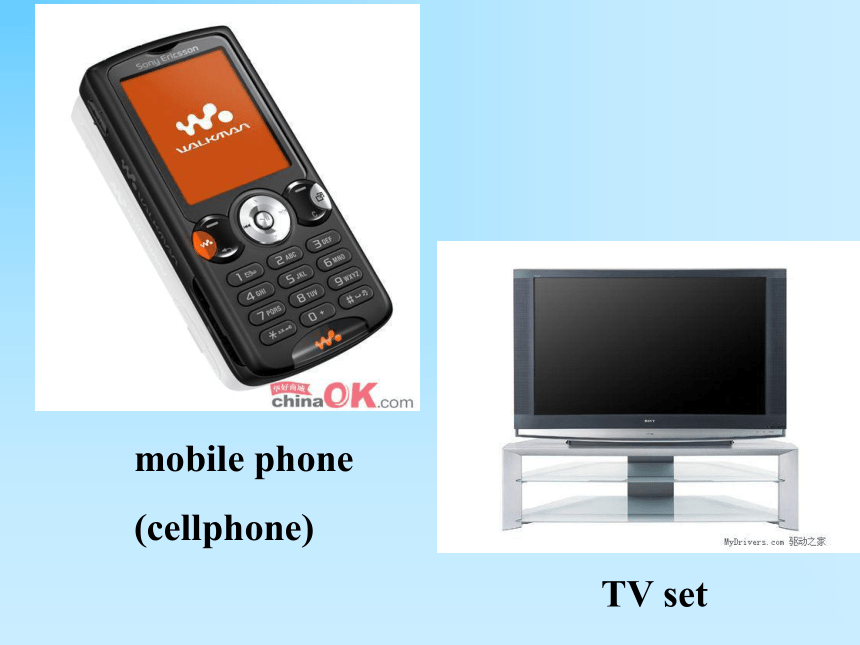
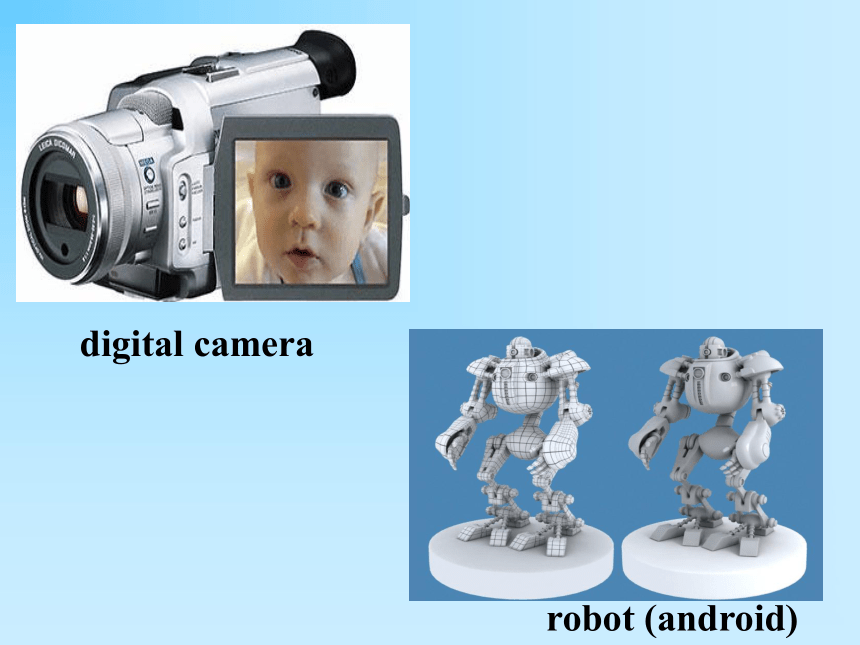
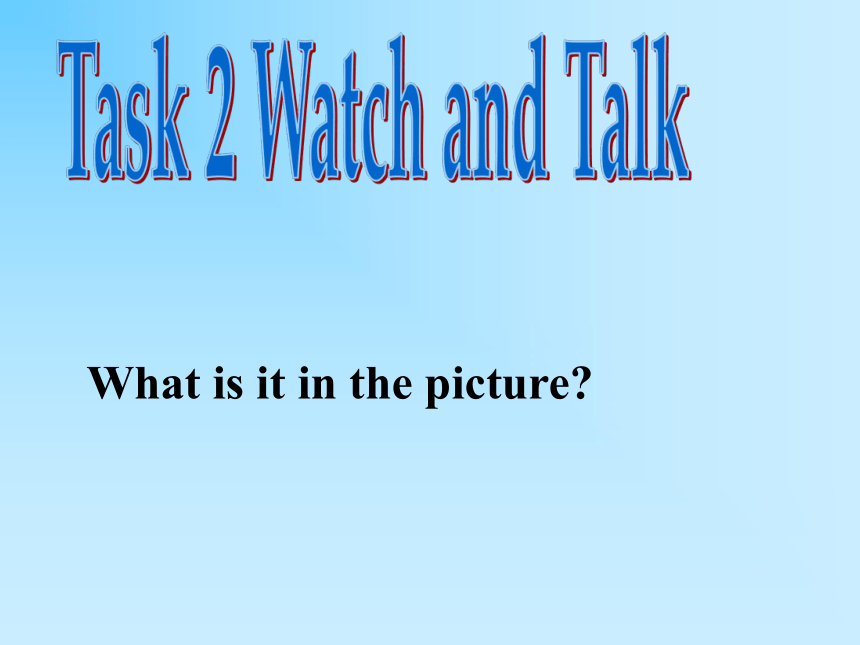
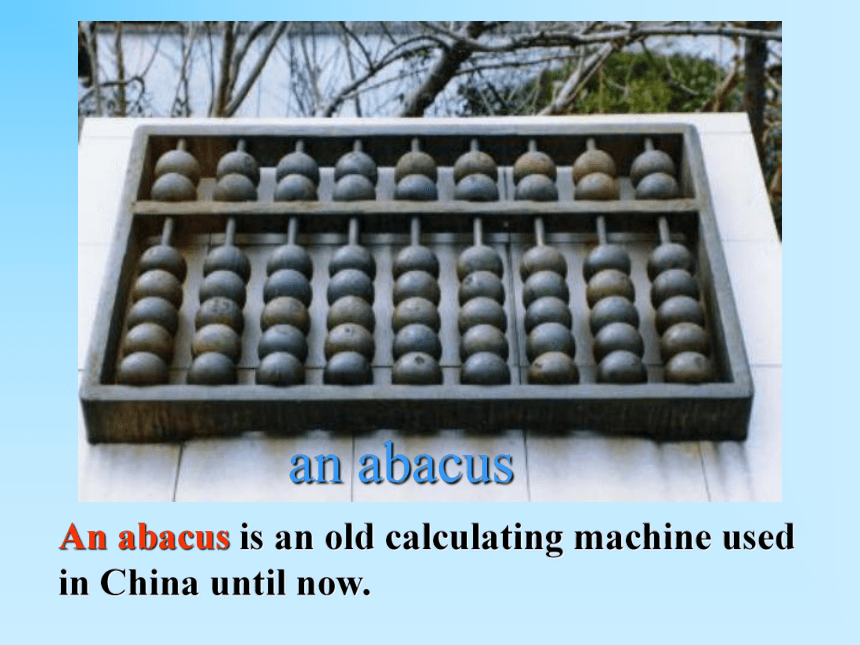


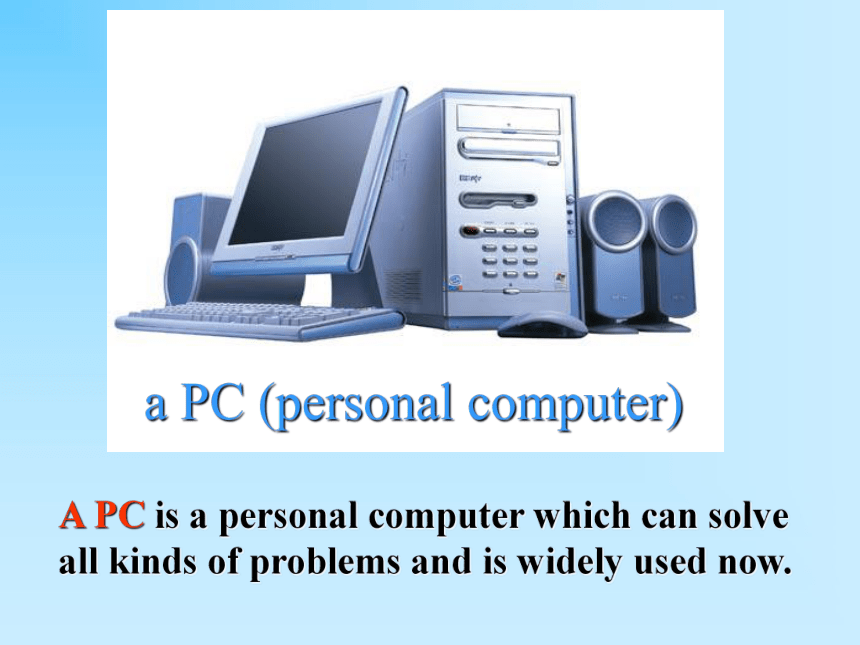
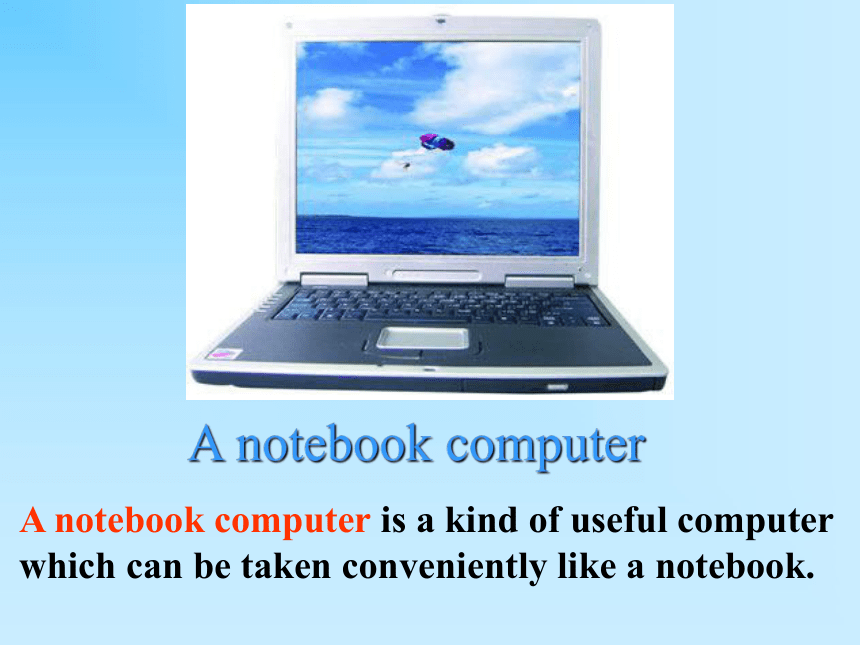
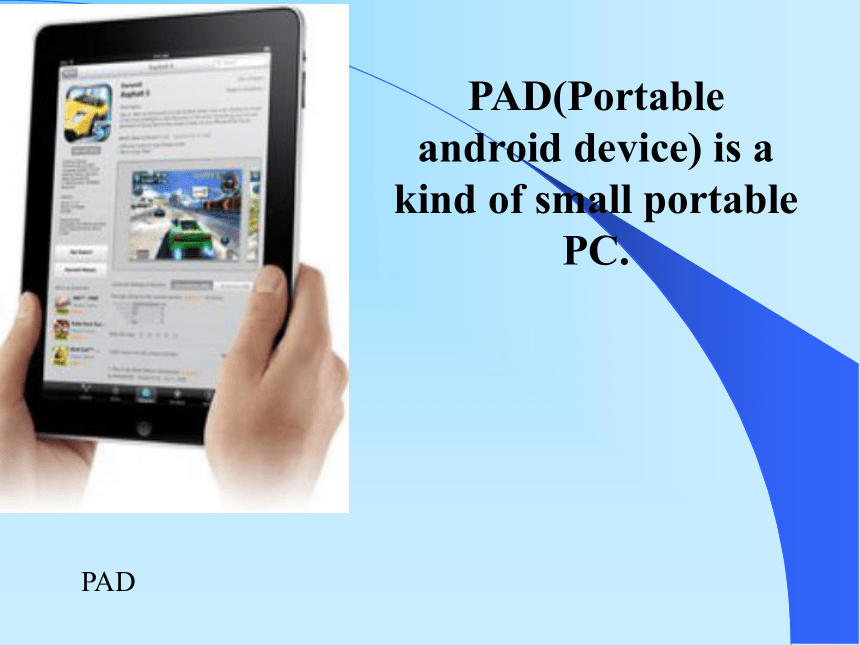
文档简介
课件32张PPT。SEFC Book2
Unit3 ComputersDescribe & GuessOne student stands on the platform with his / her back to the screen. The other one describes the thing on the screen. After his / her description, the student standing on the platform gives his / her own answer. (Only English is allowed.)
0Task 1 A gameWarming up:notebook computer(laptop)Internetmobile phone
(cellphone)TV setdigital camerarobot (android)What is it in the picture?
Task 2 Watch and TalkAn abacus is an old calculating machine used in China until now.an abacusa calculatorA calculator is a new calculating machine which can solve a large number of mathematical problems.A huge computer is built to solve some mathematical problems. But it is too big.a huge computera PC (personal computer)A PC is a personal computer which can solve all kinds of problems and is widely used now.A notebook computerA notebook computer is a kind of useful computer which can be taken conveniently like a notebook.PADPAD(Portable android device) is a kind of small portable PC.Robot (android) is a kind of helpful machine to do many jobs in place of people.robotThink it overWhat do you know about the development of computers? What do they have in common?I think that…
In my opinion…
I believe that…
What’ s your reason?
Why do you think so?What's next ?
Pre-reading:What can you use computers and the internet to do?Computer and Internet send e-mailsdraw picturesplay gamescommunicate with my friendsgather information for my lessonslisten to musicwatch moviesbuy things I like1.Predict: What the text is about?2.Try to put the inventions in the order according to the time when they appeared.In the order from the earliest to now.1.calculating machine
2.analytical machine
3.universal machine
4.PC
5.laptop
6.robotReadingWho Am I ?Skimming: Who am I ?(A computer)Supporting ideas:1.Then in 1822 I was built ….
2.My real father was Alan Turing.
3.However, people thought I was simple-minded until….
SkimmingThe text tells us the development/history of the computer.Work out the main idea of the the passage.Find the topic sentence of each paragraph:Paragraph1:
Paragraph2:
Paragragh3:The topic sentence usually appears at the beginning or the end of a paragraph.Find the topic sentence of each paragraph:Paragraph1:
Paragraph2:
Paragragh3:Over time I have been changed quite a lot. These changes only became possible as my memory improved.Since the 1970s many applications have been found for me. Scanning: Answer the following questions.
. Who was the first person to devise(想出) the earliest computer?
2. What did he make and what did it do?
3. Who was the next important person to design computers?Timeline1642: ____________________________________
____: The Analytical Machine was made by Charles Babbage.
1936: ____________________________________
1960s:____________________________________
____: The first family of computers was connected to each other.
1970s: ___________________________________
Now: ____________________________________
The computer began as a calculating machine.1822Alan Turing wrote a book to describe how computer could be made. Computers had new transistors and become smaller. 1960sComputers were brought into people’s homes.Computers connect people all over the world together.Ex1:Scanning: Ex2 on p19:Supporting details:
Para1:
Para2:
Para3:
How do computers change our life?Discussion:TIPSSome words on the Internet:floppy discchipsmonitormodemCD-ROMscannerkeyboardprinterHomework:Read the passage and underline the sentences you don’t understand.
Retell the development of the computer.
Unit3 ComputersDescribe & GuessOne student stands on the platform with his / her back to the screen. The other one describes the thing on the screen. After his / her description, the student standing on the platform gives his / her own answer. (Only English is allowed.)
0Task 1 A gameWarming up:notebook computer(laptop)Internetmobile phone
(cellphone)TV setdigital camerarobot (android)What is it in the picture?
Task 2 Watch and TalkAn abacus is an old calculating machine used in China until now.an abacusa calculatorA calculator is a new calculating machine which can solve a large number of mathematical problems.A huge computer is built to solve some mathematical problems. But it is too big.a huge computera PC (personal computer)A PC is a personal computer which can solve all kinds of problems and is widely used now.A notebook computerA notebook computer is a kind of useful computer which can be taken conveniently like a notebook.PADPAD(Portable android device) is a kind of small portable PC.Robot (android) is a kind of helpful machine to do many jobs in place of people.robotThink it overWhat do you know about the development of computers? What do they have in common?I think that…
In my opinion…
I believe that…
What’ s your reason?
Why do you think so?What's next ?
Pre-reading:What can you use computers and the internet to do?Computer and Internet send e-mailsdraw picturesplay gamescommunicate with my friendsgather information for my lessonslisten to musicwatch moviesbuy things I like1.Predict: What the text is about?2.Try to put the inventions in the order according to the time when they appeared.In the order from the earliest to now.1.calculating machine
2.analytical machine
3.universal machine
4.PC
5.laptop
6.robotReadingWho Am I ?Skimming: Who am I ?(A computer)Supporting ideas:1.Then in 1822 I was built ….
2.My real father was Alan Turing.
3.However, people thought I was simple-minded until….
SkimmingThe text tells us the development/history of the computer.Work out the main idea of the the passage.Find the topic sentence of each paragraph:Paragraph1:
Paragraph2:
Paragragh3:The topic sentence usually appears at the beginning or the end of a paragraph.Find the topic sentence of each paragraph:Paragraph1:
Paragraph2:
Paragragh3:Over time I have been changed quite a lot. These changes only became possible as my memory improved.Since the 1970s many applications have been found for me. Scanning: Answer the following questions.
. Who was the first person to devise(想出) the earliest computer?
2. What did he make and what did it do?
3. Who was the next important person to design computers?Timeline1642: ____________________________________
____: The Analytical Machine was made by Charles Babbage.
1936: ____________________________________
1960s:____________________________________
____: The first family of computers was connected to each other.
1970s: ___________________________________
Now: ____________________________________
The computer began as a calculating machine.1822Alan Turing wrote a book to describe how computer could be made. Computers had new transistors and become smaller. 1960sComputers were brought into people’s homes.Computers connect people all over the world together.Ex1:Scanning: Ex2 on p19:Supporting details:
Para1:
Para2:
Para3:
How do computers change our life?Discussion:TIPSSome words on the Internet:floppy discchipsmonitormodemCD-ROMscannerkeyboardprinterHomework:Read the passage and underline the sentences you don’t understand.
Retell the development of the computer.
